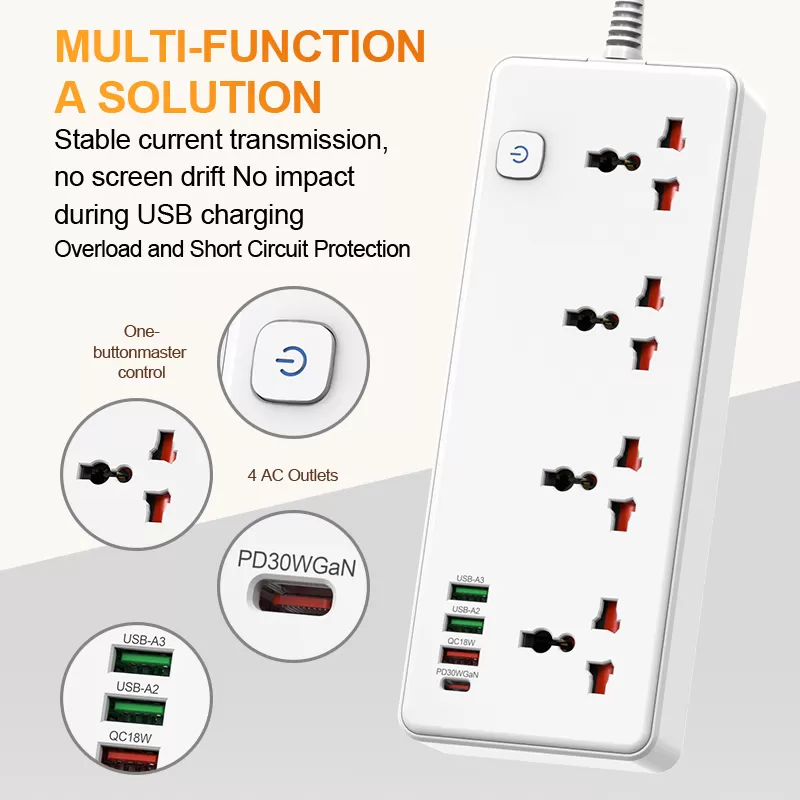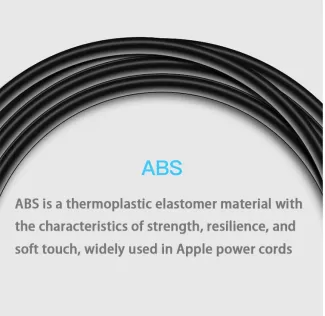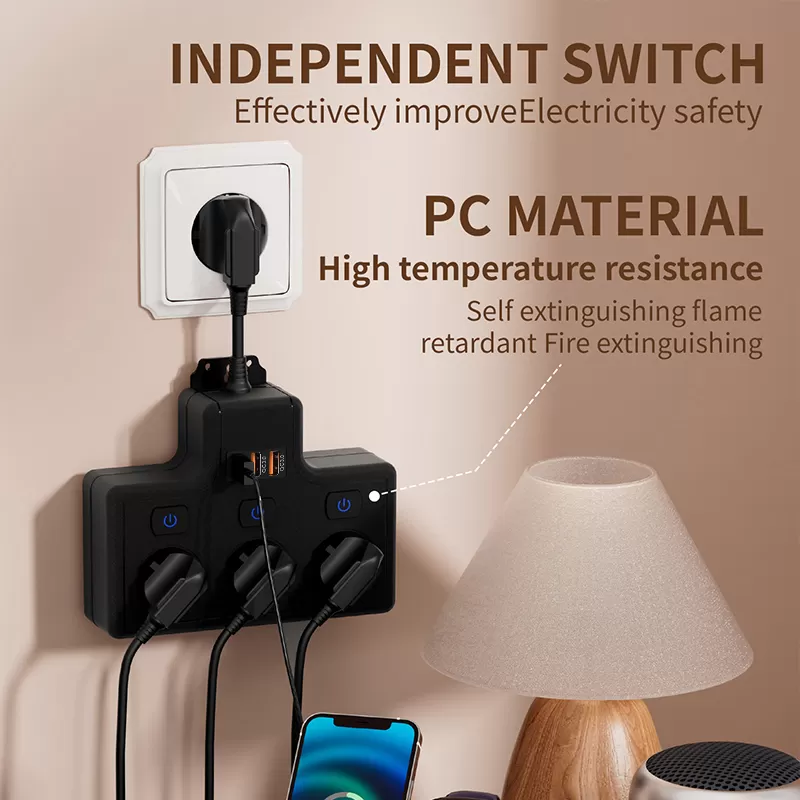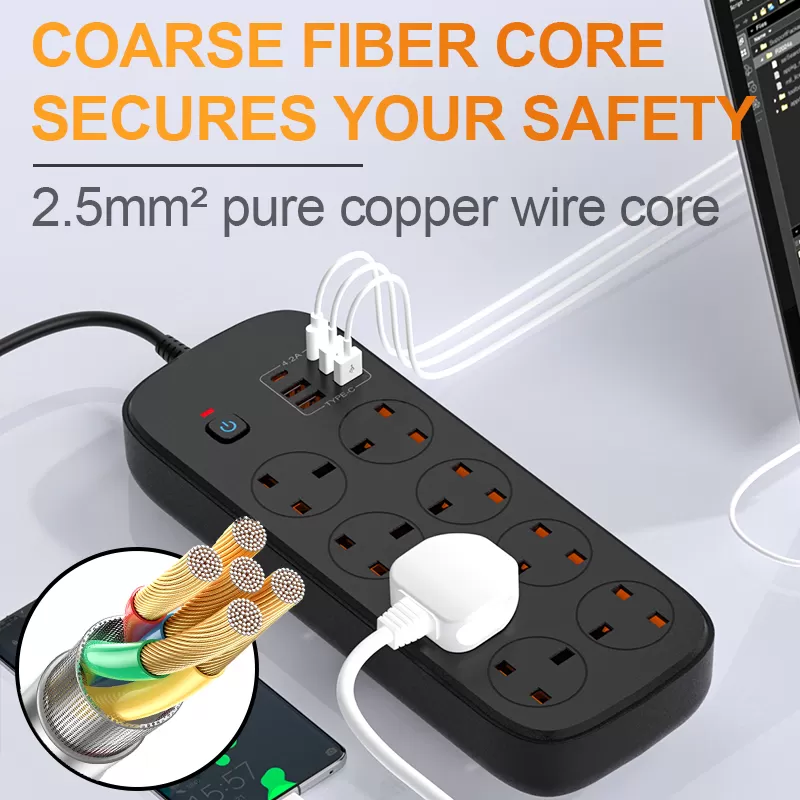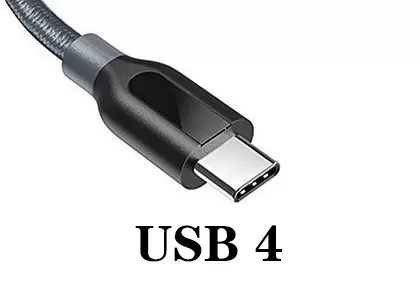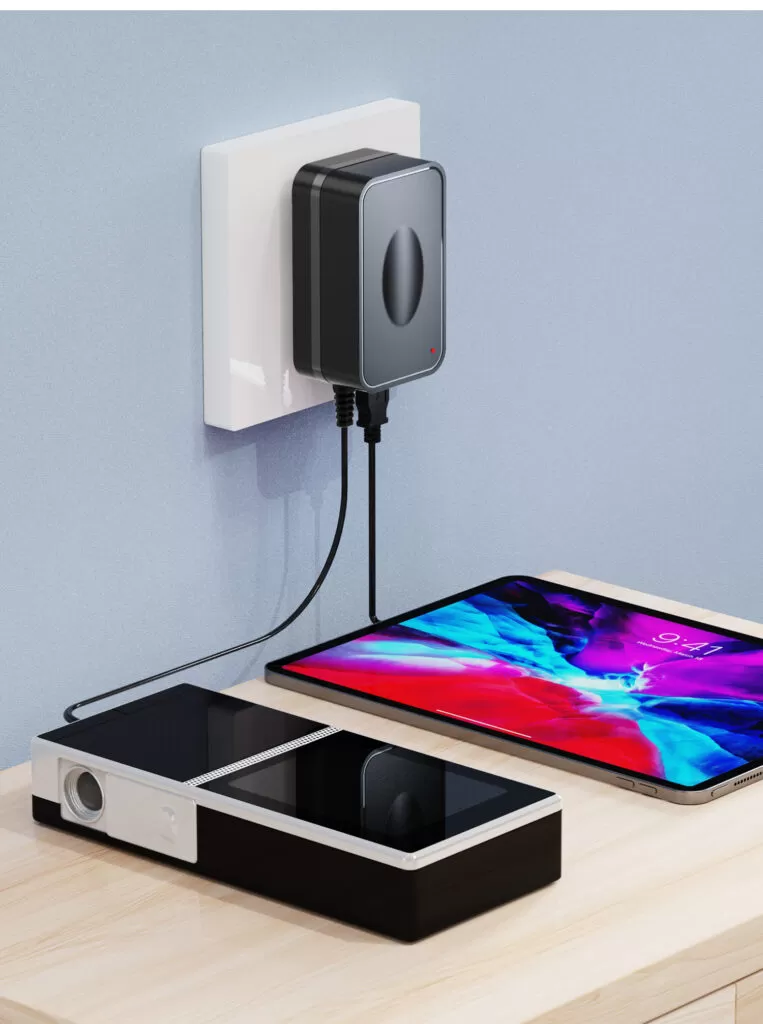Power Strip Safety Guide: Preventing Overloads & Short Circuits
Power strips are essential for daily electricity distribution, but misuse can lead to overloads or short circuits, risking fires or device damage. 1. Know Your Power Strip’s Rating 2. Practical Tips to Prevent Overloads 3. Preventing Short Circuits 4. Common Mistakes & Fixes Mistake Risk Solution Using All Outlets Overheating from overload Leave 1-2 outlets empty Daisy-Chaining Strip Fire hazard Use wall outlets or longer cords Ignoring Child Safety Electric shock Choose strips with child-safe shutters Conclusion Safe power strip use = Proper load management + Regular maintenance + Certified products. Follow these guidelines to minimize risks and ensure safety at home or work. Emergency Response
Power Strip Safety Guide: Preventing Overloads & Short Circuits Read More »
